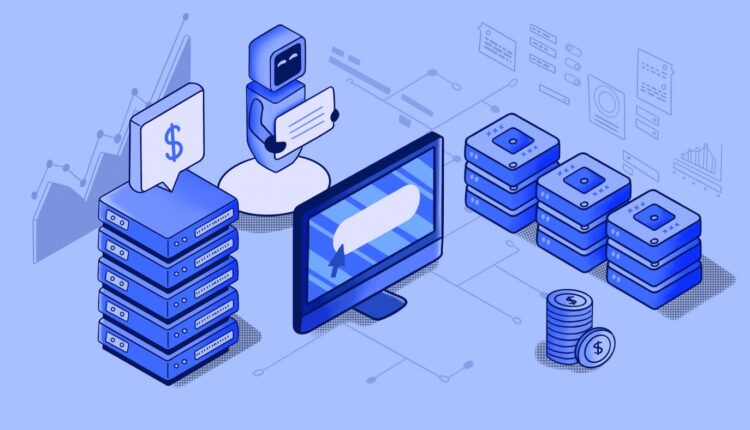In the bustling streets of Berlin, a startup is quietly revolutionizing the retail industry. 7Learnings, led by founder Felix Hofmann, is harnessing the power of artificial intelligence to solve one of retail’s most persistent challenges: pricing.
Imagine a world where the price of a water bottle fluctuates between €1.50 and €2.20. Retailers face a daily dilemma – set prices too low, and they risk selling out quickly, disappointing customers. Price too high, and they might be left with unsold stock. This is where 7Learnings steps in, offering a solution that could transform how we shop.
The company’s innovative approach, known as “decision intelligence,” uses AI to analyze vast amounts of data – from historical sales and stock levels to price changes. The result? An ability to predict optimal pricing strategies that align with a company’s objectives.
This technology isn’t just about maximizing profits. It’s about creating a more efficient retail ecosystem. By automating decision-making processes, 7Learnings frees up human resources and potentially leads to more successful businesses.
The potential for growth in this sector is significant. Analysts predict the market for software-supported decision-making aids could reach a staggering $16.8 billion by 2025. Yet, according to Hofmann, there’s still room for expansion, especially in Germany, where he estimates 95% of businesses have yet to adopt AI-based pricing.
7Learnings’ client list already includes well-known names like Tamaris, Bonprix, and Westwing. The company’s success is reflected in its 2024 turnover of €2.7 million.
Hofmann, drawing from his experience at Zalando, points out the increasing complexity of retail, especially in e-commerce. With the rise of platform-based sales like Amazon Marketplace and Zalando, retailers must navigate varying return rates and advertising costs across different platforms.
The AI pricing software takes into account numerous factors, from weather patterns influencing online shopping to the “elasticity” of expensive products. It even considers consumer psychology, recognizing that shoppers are willing to pay more for safety-related items like brakes compared to generic parts.
But what does this mean for consumers? Hofmann suggests several potential benefits. Supermarkets could use AI pricing to reduce food waste by lowering prices on short-shelf-life products. Moreover, improved inventory management could mean better product availability in stores.
As AI continues to reshape the retail landscape, both businesses and consumers stand to benefit. With smarter pricing strategies, retailers can optimize their operations, while shoppers might find the products they want more readily available and potentially at better prices.
The future of retail is here, and it’s being shaped by artificial intelligence, one price tag at a time.


